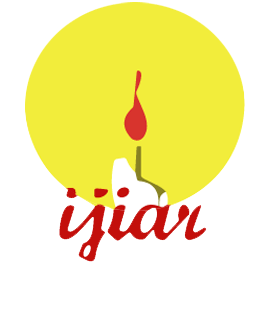ASSESSMENT OF THE IMPACT OF Bactrocera dorsalis AN EXOTIC FRUIT FLY ON Ceratitis cosyra (DIPTERA : TEPHRITIDAE) THE INDIGENOUS SPECIES IN NORTH OF CÔTE D’IVOIRE
- University Félix Houphouët Boigny, Abidjan-Cocody, UFR-Biosciences, Laboratory of Zoology and Animale Biology, 22 PO Box 582 Abidjan 22, Côte d’Ivoire.
- University Jean Lorougnon Guédé of Daloa UFR-Agroforestery, Côte d’Ivoire.
Bactrocera dorsalis hendel and Ceratitis cosyra Walker are the major pests of mango. The study of the population dynamics of C. cosyra revealed that the presence of B. dorsalis in orchards leads to the fall of its numbers. From this perspective, some aspects of competition between these two species have been demonstrated in the tropical climate sudanese in northern Côte d\'Ivoire. The experiments were carried out under semi-natural conditions in the orchard and under ambient conditions in the laboratory. The study of interspecific competition showed that in the presence of B. dorsalis larvae, a reduction rate of 33.74 ± 0.08 % and a natural rate of increase of 0.118 ± 0.005 at C. cosyra were obtained. In the presence of C. cosyra larvae, the reduction rate was 0.5 ± 0.01 % and the natural rate of increase of 0.152 ± 0.004 at B. dorsalis. In no-choice situation, the number of bites cause by B. dorsalis on fruit previously infested with C. cosyra was higher. While that of C. cosyra on fruit previously infested with B. dorsalis was low. In a situation of choice, no bites of C. cosyra were noted on the fruit previously infested with B. dorsalis. The duration of larval development of C. cosyra was short that of B. dorsalis.
University Félix Houphouët Boigny, Abidjan-Cocody, UFR-Biosciences, Laboratory of Zoology and Animale Biology, 22 PO Box 582 Abidjan 22, Côte d’Ivoire
Share this article
